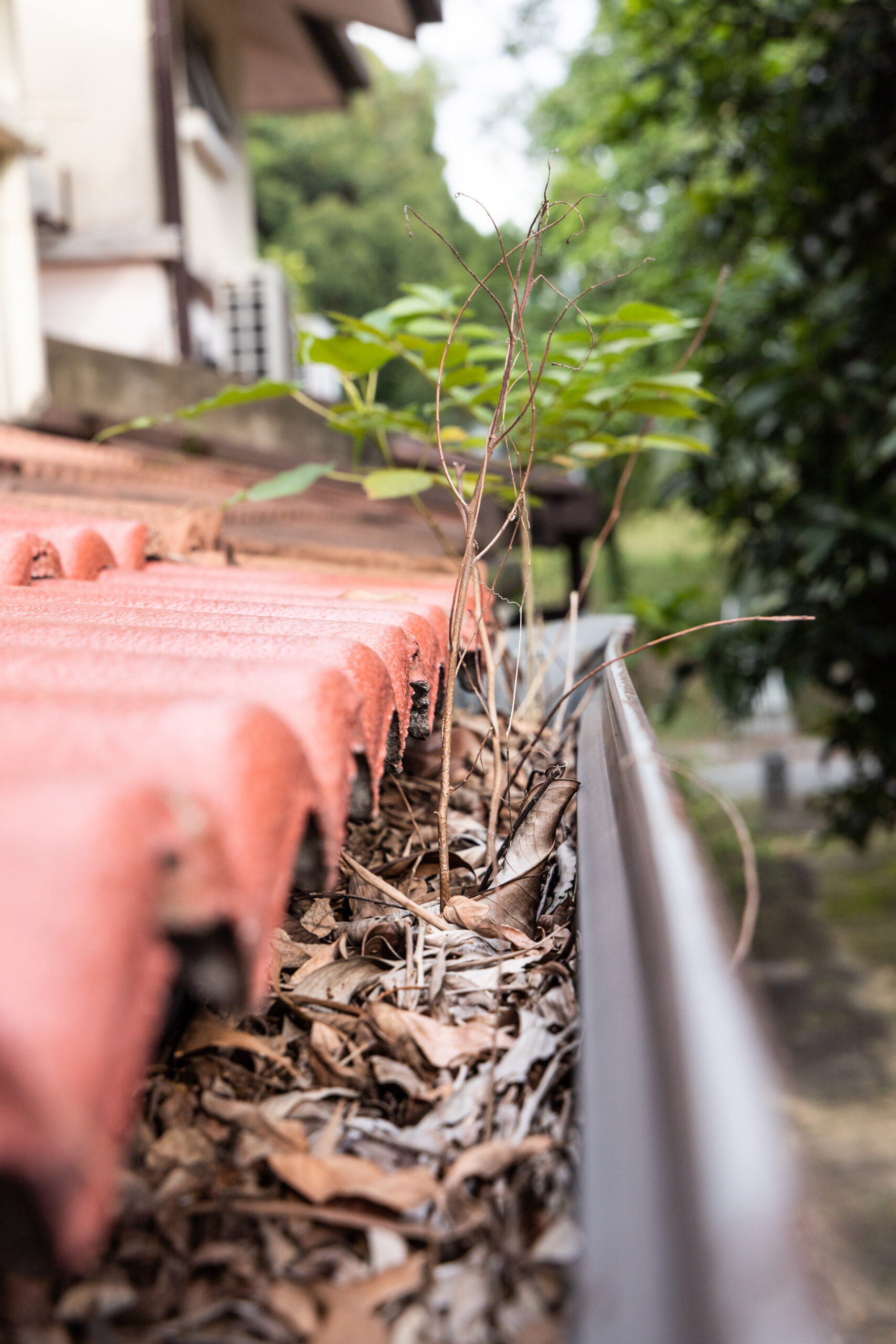A well-designed commercial gutter system is important for the effective management of rainwater, safeguarding the structure from water damage. Central to this system’s efficiency is the correct pitch and alignment of the gutters, ensuring that water flows seamlessly away from the property. This article explores the significance of gutter pitch and alignment for maximizing water flow and offers best practices for gutter installation.
The Importance of Correct Gutter Pitch for Maximum Efficiency
The pitch, or slope, of a gutter system is a critical factor that influences its ability to divert water efficiently. Without the proper pitch, water may not flow adequately, leading to stagnation or overflow. Ideally, gutters should have a slight slope towards the downspouts, typically around 1/4 inch for every 10 feet of gutter. This gradient ensures that water moves swiftly towards the downspouts without pooling in the gutters.
A correctly pitched gutter system also helps minimize the risk of debris accumulation. When water flows smoothly, it carries leaves, twigs, and other debris with it, reducing the likelihood of clogs. Consequently, maintaining the correct pitch is not only about water flow but also about reducing maintenance requirements and extending the lifespan of the gutter system.
Aligning Your Gutters: Best Practices for Installation
Proper gutter alignment is just as crucial as pitch. Misaligned gutters can lead to a host of problems, including ineffective water drainage, increased strain on brackets and fasteners, and potential damage to the property’s exterior. Here are some best practices to ensure your gutters are correctly aligned:
Use a Level:
During installation, use a level to ensure that gutters are aligned correctly across the length of the building. Even slight misalignments can impede water flow and efficiency.
Regular Inspections:
Over time, gutters can shift due to weather conditions, settling of the building, or the weight of accumulated debris. Regular inspections can help identify and correct alignment issues before they become problematic.
Professional Installation
While DIY gutter installation is possible, the fine points of achieving the perfect pitch and alignment often require a professional touch. Experienced installers can ensure that gutters are set up correctly from the start, providing peace of mind and saving costs on future repairs.
Consider Seamless Gutters:
Seamless gutters are custom-fitted to your property, reducing the chances of leaks and misalignments. They offer a streamlined appearance and can be pitched and aligned precisely, enhancing overall performance.
Conclusion
The efficiency of a commercial gutter system heavily relies on the correct pitch and alignment. These elements ensure that water is directed away from the property quickly and efficiently, minimizing the risk of water damage and reducing maintenance needs. By adhering to best practices for gutter installation and regularly inspecting the system, property owners can ensure optimal performance and longevity. Investing in professional installation and high-quality materials can further enhance the system’s effectiveness, providing robust protection against the elements.

